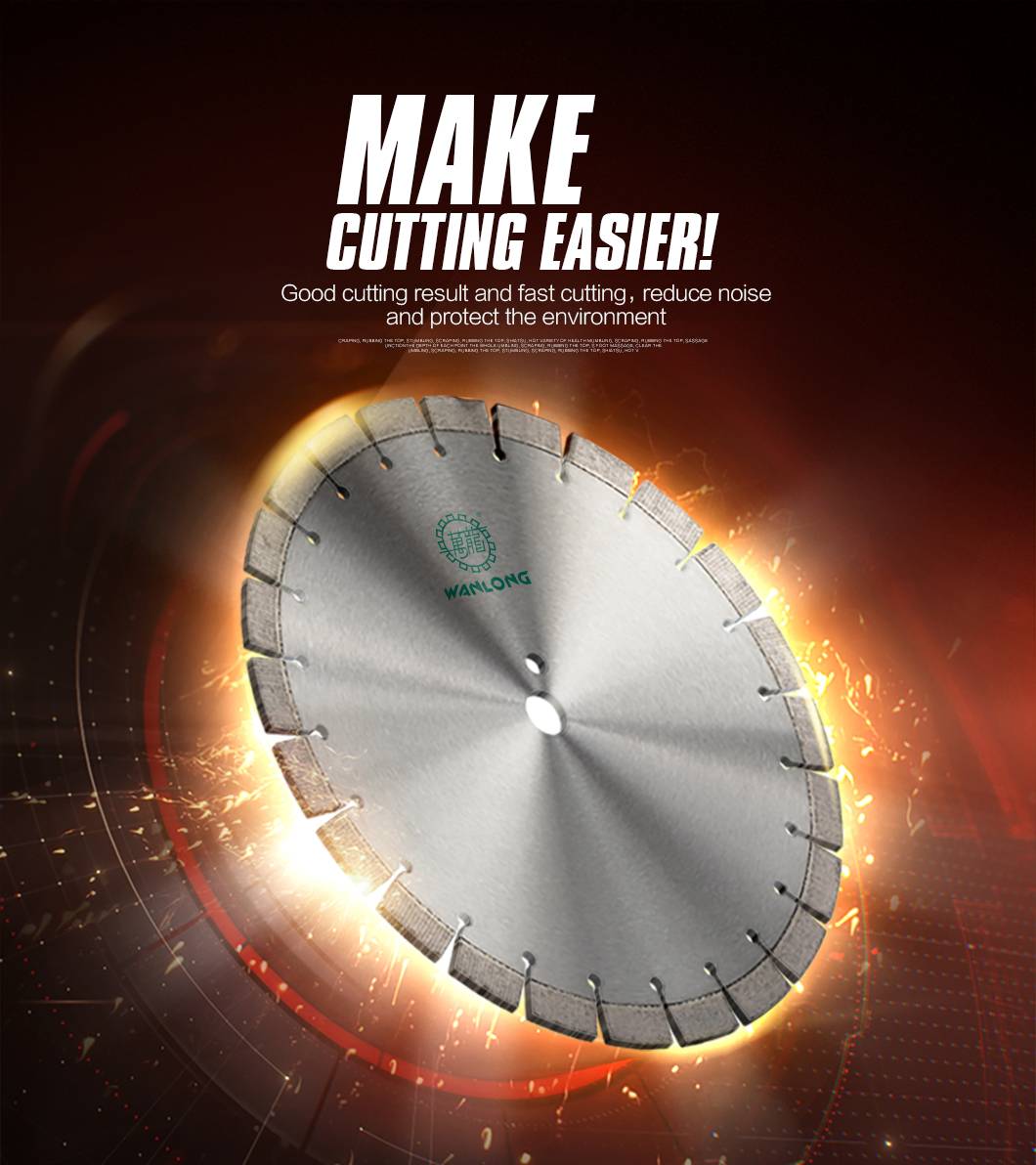Diamond saw blades are primarily used for cutting hard and brittle stone materials and are one of the main tools for producing natural stone slabs. A diamond saw blade is made by welding diamond segments onto a circular substrate.
To ensure proper cutting performance, the substrate of a diamond saw blade must meet specific requirements. It needs to possess sufficient strength and rigidity without being overly soft. This is reflected in the requirement for adequate hardness. Another important characteristic of the substrate is its ability to withstand intense vibrations during use. Since the segments are thicker than the substrate, a gap exists between the substrate and the stone being cut during operation. To prevent premature strength loss or fatigue cracking due to vibration, the substrate must have a certain level of ductility, a high fatigue limit, and elastic limit to mitigate impacts and absorb vibrations effectively.
Based on the technical standards for diamond saw blade substrates, achieving the required elastic limit and hardness involves a heat treatment process of quenching followed by medium-temperature tempering. For diamond saw blades made from 65Mn steel as the substrate material, this process is particularly suitable. However, a significant challenge in the quenching process is the high tendency for deformation and cracking.
Causes of Deformation
1. Heating: During heating, whether in air or salt baths, the thermal convection exerts a certain degree of impact on the substrate, potentially causing heating deformation.
2. Cooling: Uneven cooling rates across different sections of the substrate result in temperature differences, leading to uneven thermal contraction of the steel and the formation of thermal stress. Additionally, during quenching, the transformation from supercooled austenite to martensite involves changes in specific volume, causing structural stress and phase transformation deformation.


Factors Contributing to Cracks
Several factors can contribute to the formation of cracks, including:
- The chemical composition of the steel.
- Defects in raw materials.
- Original structure of the material.
- Heating factors.
- Cooling factors.
- Structural characteristics unique to saw blades, such as stress concentration at the blade edges, particularly the increased tensile stress at the periphery, which raises the potential for crack formation.
Importance of Heat Treatment
The mechanical properties of the diamond saw blade substrate significantly impact its quality and performance. Among these, the heat treatment process plays a crucial role in determining the mechanical properties. Proper control of this process ensures that the substrate achieves the desired balance of hardness, ductility, and resistance to deformation and cracking, thereby enhancing the blade's overall performance and durability.






